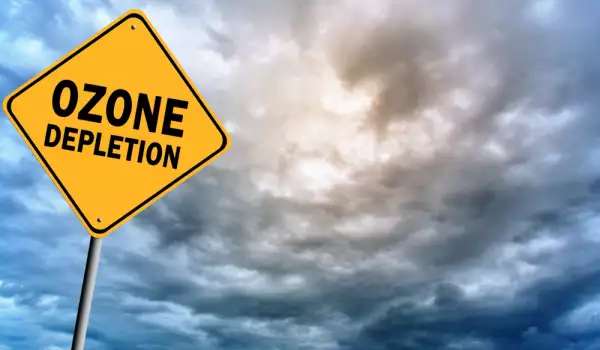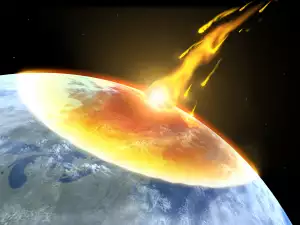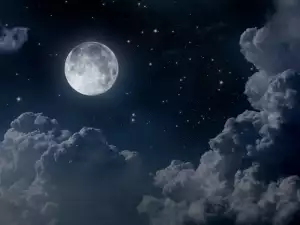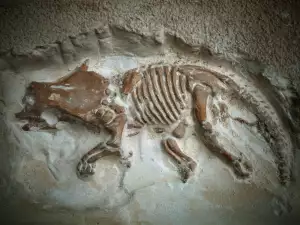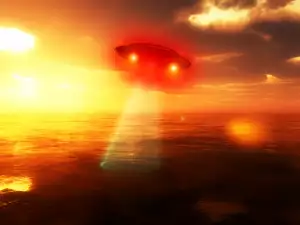The ozone hole over the Antarctic has slowly begun to shrink. The protective layer was thinnest there but has begun to "regenerate" on its own.
Data from 2015 clearly show that the hole has shrunk by 4 million square kilometers, in comparison to data from the year 2000. This area is the size of India. This is clear proof that the affected and thinned out layer has begun to restore itself.
This change is a cause for celebration. According to scientists, this is due to humanity's decreased use of chemicals. The data also shows the incredible role that volcanoes and their eruptions play in this case.
The ozone is one of the main shields against the Sun's ultraviolet rays, which are harmful to humans.
The drastic thinning out of the ozone in the stratosphere about 6.2 mi (10 km) above Antarctica was first spotted in the 80s of the 20th century by British scientists.
In 1986, American researcher Susan Solomon was the first to prove that chlorine and bromine molecules, coming from chlorofluorocarbons, degrade the ozone. This weakening of the protective ozone increases the risk of skin cancer and causes eye diseases. Further, it is incredibly harmful to plants and animals.
The ozone hole above Antarctica is the largest due to a number of factors. The layer there is thinnest because of the extreme cold and intense light. These conditions lead to a reaction that is destructive to the ozone.
Additionally, man-made products that deteriorate the ozone were very widely used in the past - from cosmetics and beauty products to air conditioning coolants.
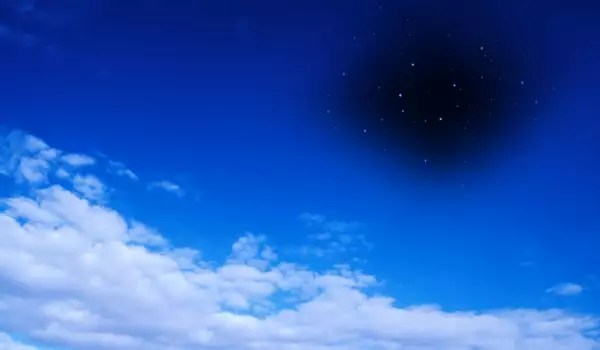
In 1987, the Montreal Protocol banned the use of ozone-depleting substances worldwide. Since then, the situation has slowly but surely begun to improve.
Current studies show that the influence of the chemicals in the air has gradually begun to lessen. In combination with the absence of new doses, the ozone layer has begun to actively grow again. Scientists have done measurements annually in the period 2000 - 2015 and have found that the affected thinned out layer has shrunk by 4 million square kilometers.
Scientists are convinced that half of this shrinkage is due to humanity's cessation in using substances that are harmful to the ozone. The full restoration of the ozone hole over Antarctica is expected to happen between the year 2050 and 2060.
The data are irrefutable proof that through systematic efforts, humanity can fix the damage it has already done to planet Earth.
